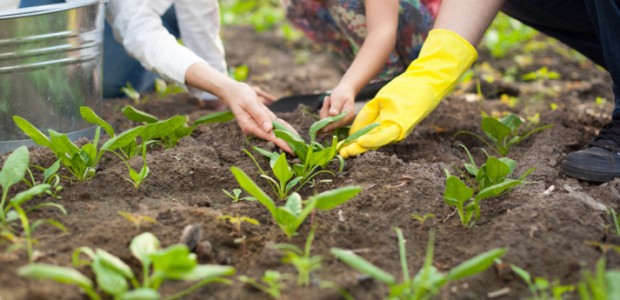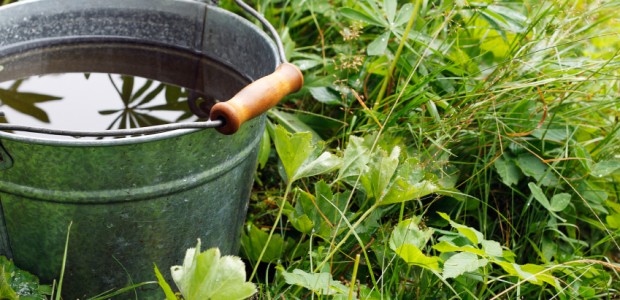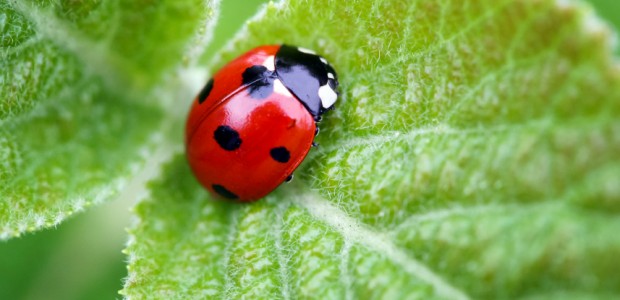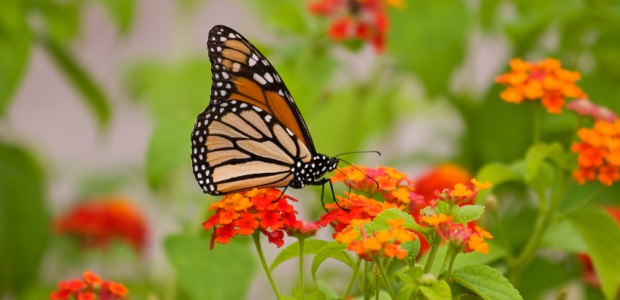Planning your garden to include a very diverse mix of plants can do more than just add interest to it. If you plant certain types of flowers, herbs, and vegetables together, they will actually enhance the productivity of your garden. Planning a garden so that particular plants are located in proximity to one another is called companion planting. Companion plants repel pests, attract beneficial insects, and enhance the growth and flavor of one another.
Here are some tips for companion planting, so you can make the most of your garden this summer.
1. Basil is a friend to all
Basil is a friend to almost all garden plants. This aromatic herb repels flies, mosquitoes, and thrips. Basil does especially well near oregano, peppers, and tomatoes. Rather than planting long rows of only tomatoes and peppers, plant your rows with peppers, tomatoes, and basil together.
2. Corn loves beans.
Beans are legumes, which mean that they take nitrogen from the air and put it in the dirt. Since corn feeds heavily on nitrogen, plant beans where the corn was grown last year, and the corn where the beans were grown.
3. Garlic and roses make quite a pair.
If you plant garlic near your roses, the garlic will repel aphids and Japanese beetles. In fact, any plant, including fruit trees, that is plagued by Japanese beetles, will be benefited by garlic. Scientists have found that plants’ roots actually take up secretions by the garlic plants and release them through the plants’ pores.
4. Marigold makes sense for all.
Marigold benefits many plants in the garden because the roots of these lovely flowers kill damaging nematodes that may live in the soil. Additionally, the flowers of this plant repel whiteflies and tomato hornworms. The Mexican variety of marigold is rumored to repel rabbits and Mexican bean beetles.
5. Dill can do it!
Dill improves the flavor and production of cabbages, cucumbers, and lettuces. However, it does attract the tomato hornworm, so you shouldn’t plant dill near tomatoes. Dill can repel squash bugs, so you may want to put a few plants in your hills of squash and pumpkins. Dill flowers attract beneficial bugs like predatory wasps to your garden, and the plant is a food source for the larvae of swallowtail butterflies.
6. Lettuces love lots of plants.
Lettuces pair well with beans, beets, broccoli, carrots, and onions. You can also plant lettuces in the shade of tall sunflowers, since lettuce plants do not do well in the blazing heat of summer.
Companion planting can help you avoid using toxic chemicals in the garden by attracting beneficial insects and discouraging invasions of pesky insects that will damage your plants. This planting style works with nature to bring more food to your table and more beauty to your garden.
~April F.



